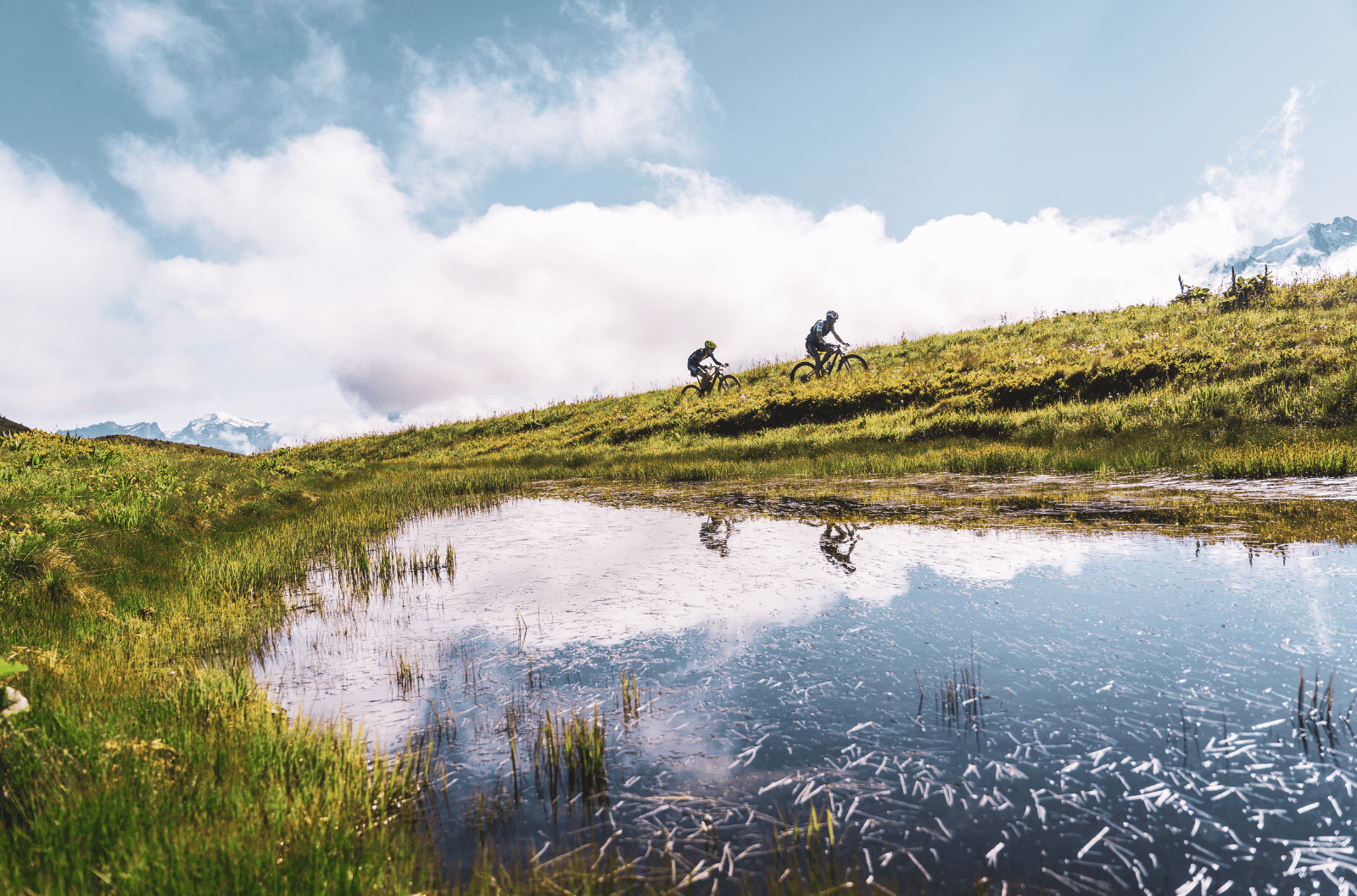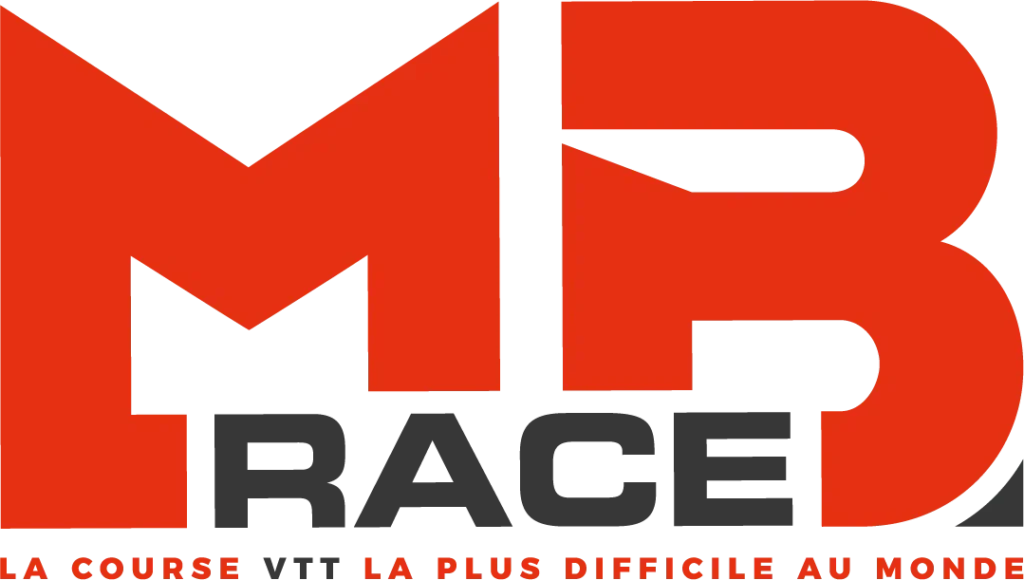July 4 to 6, 2025
How do you approach a race like the MB Race? Many of you often focus on the altitude difference and the distance, and that’s understandable, because 140km and 7000 m of ascent can’t be improvised. But focusing on this parameter is already the beginning of a mistake you shouldn’t make.
It’s not just a question of how many kilometers to ride per week, and how much elevation gain. Becoming a finisher of the MB Race 140km is not for everyone (with a few exceptions). It’s best to avoid making a bet at the end of a drunken evening…
The optimal training model to prepare for the MB Race is the polarized model, i.e. 70% of your training should be endurance, 20-30% intensity in the form of interval training.
The creation of basic endurance is mainly achieved by working on the plain to maintain low intensity. Focusing on altitude difference is therefore the first mistake not to make. The base level determines the endurance range and can be expressed in watts, watts/kg, heart rate range… The first good idea is therefore to carry out an effort test to target the zones and then adapt your training accordingly.
To cope with climatic conditions, you can apply what’s known as “reverse periodization”. This involves increasing qualitative sessions in winter (home trainer) when the days are short and the weather fickle, then developing endurance from the end of March onwards. Ski touring or cross-country skiing can also extend your outings.
To build up your endurance and rack up the kilometers, don’t hesitate to plan a few long weekends on the bike or training camps. A series of 4-5 hour outings, first on hilly terrain (in March and in Spain, for example) and then in a more mountainous environment (reconnaissance of the MB Race course at the beginning of June) is undoubtedly the best way to prepare yourself.
Race management can’t be improvised, and we encourage you to sign up for one or 2 preparatory races. This will enable you to experiment with nutrition before and during the race, stress management, equipment, etc., so that the majority of your doubts will be resolved by the time the race comes around. It’s all about creating your own pre-race routine and protocols, so that you arrive at the start feeling serene.
It’s never easy to build a training plan on your own, so to support you with 3 months to go before the event, we’ve put together a training plan with sample sessions for you to complete.
Graduate coach Juliette Lesueur puts her expertise at your service with a plan divided into 3 blocks of 4 weeks to guide you in building your sessions.
But remember, everyone is different, and the key to success lies in regularity and adapting your sessions according to how you feel and your progress. Make sure you manage recovery and nutrition to maximize your performance.
If you’re looking for personalized coaching, you can call on Juliette! Find all the information right here or contact her by email: jlrcoaching@outlook.fr

Keep up to date with the latest race news,
subscribe to the newsletter!

Come and experience your MB Race, the challenge of a lifetime!
© MB Race 2023 -Webdesign by avicom’